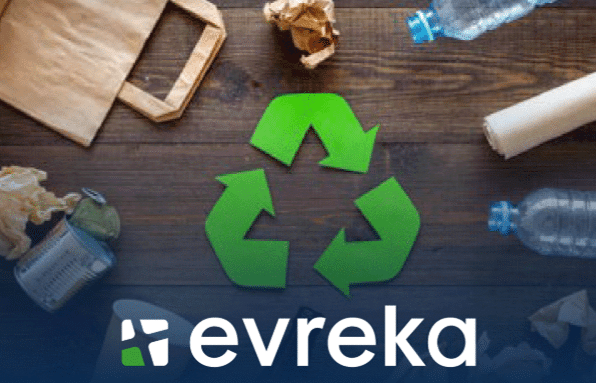Waste & material traceability solution for sustainable facilities

Packaging is everywhere — in the products we consume daily, in supply chains, and in landfills. While recycling has long been promoted as the answer to packaging waste, it’s now clear that recycling alone isn’t enough. To reduce waste, recover materials, and meet growing sustainability goals, companies need to go further. They must build circular packaging systems — systems that track, recover, and reintegrate materials with precision and purpose.
Let’s look at why packaging circularity remains such a challenge, what best practices are emerging, and how digital tools can help bridge the gap.
Even with decades of recycling programs in place, large portions of packaging waste still go unaccounted for. The reasons are systemic:
The result? Incomplete recovery loops, regulatory risks, and missed opportunities for material reuse.
True circularity goes far beyond simply switching to recyclable materials. It demands a fundamental redesign of packaging systems — from creation to recovery. Companies need to design with reuse, recyclability, or composability in mind, track packaging through its entire lifecycle, and ensure recovery leads to actual reuse or high-quality recycling.
Without this oversight, claims of circularity remain hollow, and compliance with frameworks like EPR or CSRD becomes impossible.
One of the biggest obstacles to circular packaging is the lack of visibility. Many organizations can collect materials, but what happens afterward often remains a mystery.
Digital traceability platforms change this. With the right tools, companies can monitor where packaging is collected, how much is recovered, and the quality of those materials. They can benchmark performance across regions or product lines, and directly align data with ESG, Scope 3, and CSRD reporting requirements.
What was once a vague ambition becomes a measurable process, supported by audit-ready data and investor transparency.
Companies that invest in digitally connected circularity gain major operational and strategic advantages:

Building circular packaging systems is only part of the picture. To stay competitive and future-proof, companies must also understand the broader recycling landscape in the EU — including the regulatory frameworks, emerging technologies, and new investment opportunities shaping the sector.
Our latest eBook, “Recycling in the EU: New Trends and Tech Solutions,” provides a comprehensive overview of where the industry is heading. From recyclable materials and regulatory shifts to technological innovations and high-impact facts, it equips you with the insights you need to make smarter sustainability decisions.
For more detailed insights into how Evreka’s solutions can enhance your sustainability practices in the packaging industry, request a demo.